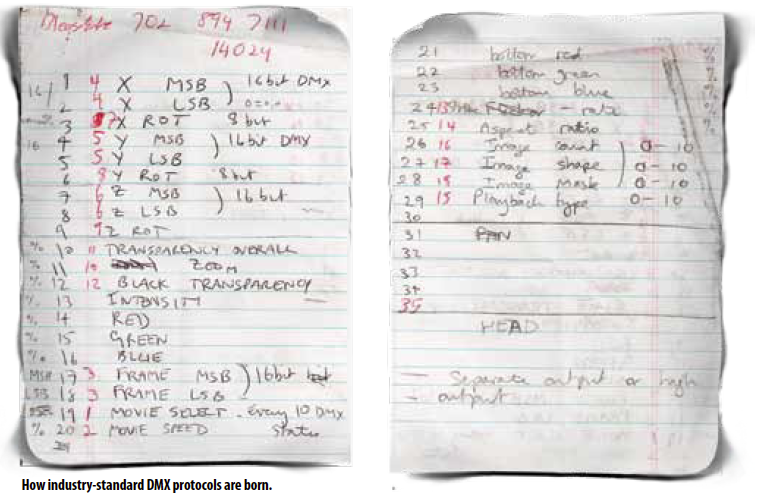Time to Get Organized
The other day I was watching an episode of The Simpsons and Homer was hanging out at home. He was at a loss as to what to do, so he grabbed the label maker and stuck labels on every item in the kitchen. He was very thorough to the point that each egg had a label that simply said “egg.” While this type of organizational skill is a bit over-the-top, automated lighting programmers need to be very organized and label as much as they can within their show file. Good organizational skills lead to faster programming and easier to understand console layouts.
